Tag Archives: fiber optic technology
PLC Splitters vs FBT Splitters A Detailed Guide for 2025
Compare PLC Splitters and FBT Splitters for 2025. Learn about cost, performance, scalability, and which splitter suits your fiber optic network needs.
Do You Really Know Fiber Optic Wall Outlet?
In the enlightening post "Do You Really Know Fiber Optic Wall Outlet?", the technology behind fiber optic wall outlets is demystified, revealing their pivotal features and benefits. These outlets are integral to modern high-speed internet infrastructure, ensuring seamless and ultra-fast data transmission by connecting fiber optic cables directly to users' devices.
Key advantages include lightning-fast internet speeds, enhanced reliability, and superior bandwidth capabilities compared to traditional copper outlets. The post underscores their distinctive qualities, such as minimal signal loss, resistance to electromagnetic interference, and future-proof scalability, making them indispensable in both residential and commercial settings. This engaging overview highlights why fiber optic wall outlets are a cornerstone of cutting-edge connectivity solutions.
Fiber Optic Market Predication in 2021
The post, "Fiber Optic Market Prediction in 2021," provides a compelling forecast of the fiber optic industry's trajectory. Key features include a deep dive into market dynamics, propelled by escalating demands for high-speed internet and increasing adoption in telecommunications and data centers. The advantages of fiber optics, such as superior bandwidth, low latency, and enhanced reliability, are highlighted, underscoring the technology's critical role in the digital age. Distinctive qualities discussed include advancements in fiber optic technology and emerging trends poised to shape the market landscape. Overall, the post presents an insightful analysis, making it essential reading for stakeholders eager to navigate the fiber optic sector's future.
The Applications And Benefits of Splitter Distribution Box
The post titled "The Applications And Benefits of Splitter Distribution Box" delves into the essential role of splitter distribution boxes in modern electrical and communication systems. Highlighting their pivotal features, the article describes how these devices efficiently manage and distribute electrical power or signal inputs to multiple outputs, ensuring seamless operations in various settings. The key advantages include enhanced safety through minimized circuit overload risks, simplified installation and maintenance, and cost-effective scalability for expanding networks. Distinctive qualities such as robust construction, adaptability to different environments, and compatibility with a range of cables and connectors make splitter distribution boxes indispensable in industries like telecommunications, data centers, and residential setups. The post compellingly underscores how their adoption can lead to improved efficiency, reliability, and overall system performance.
What Is Fiber Bend Radius For Fiber Optic Cable?
The post, "What Is Fiber Bend Radius For Fiber Optic Cable?" demystifies the crucial concept of bend radius in fiber optic cables, emphasizing its importance in maintaining signal integrity and preventing damage. It touches on the pivotal features of bend radius, such as its influence on the cable's performance and longevity. The post highlights the advantages of adhering to recommended bend radius guidelines, including enhanced durability, reduced signal attenuation, and optimal transmission efficiency. Distinctively, it provides practical insights into best practices for cable installation, ensuring readers understand how to maximize their fiber optic network's reliability and functionality.
Complete Understanding Of Fiber Distribution Box
The post "Complete Understanding of Fiber Distribution Box" delves into the core aspects of fiber distribution boxes, underscoring their pivotal role in network infrastructure. It highlights their key features, including robust design, efficient cable management, and protection for fiber optic connections. The post outlines the advantages of these boxes, such as enhanced network performance, ease of installation, and maintenance simplicity. Additionally, it accentuates their distinctive qualities like scalability and adaptability to various environments, making them indispensable in modern telecommunications. This comprehensive guide serves as an invaluable resource for professionals seeking to optimize and secure their fiber optic networks.
FTTX (Fiber To The X) Architectures-FTTP, FTTC
The post "FTTX (Fiber To The X) Architectures-FTTP, FTTC" dives into the innovative world of fiber-optic networks, focusing on FTTP (Fiber to the Premises) and FTTC (Fiber to the Cabinet) structures. It highlights how FTTP delivers ultra-fast and reliable internet directly to homes or businesses, ensuring optimal performance for high-demand applications, such as streaming and teleworking. On the other hand, FTTC brings fiber to street cabinets, with final connections made via traditional copper lines. This approach balances cost-efficiency with improved speeds compared to standard broadband. The post underscores the transformative power of these technologies in enhancing connectivity, facilitating smart home solutions, and driving the digital economy forward. The detailed comparison between FTTP and FTTC, paired with insights into their deployment advantages, makes this a must-read for anyone interested in the future of telecommunications.
Drop Cable and Indoor Cable For FTTH Solution
In the post titled "Drop Cable and Indoor Cable For FTTH Solution," the article delves into the essential components that empower Fiber to the Home (FTTH) technology. It highlights the pivotal features of drop cables and indoor cables—critical elements for ensuring efficient and reliable broadband connectivity. The post underscores their high-bandwidth capacity, durability, and ease of installation, which collectively cater to the growing demand for seamless internet access. The distinctive qualities of these cables, such as resistance to environmental stressors and flexibility in confined spaces, further exemplify their suitability for modern FTTH applications. This concise yet thorough exploration illuminates the superior performance and advantages of these cables, positioning them as indispensable assets for next-generation home internet solutions.
Fiber Pigtail Wikipedia
The "Fiber Pigtail Wikipedia" post provides a comprehensive overview of fiber pigtails, essential components in fiber optic networks. It highlights their primary feature: a short optical fiber permanently attached to a source, enabling easy splicing and minimizing connection losses. Key advantages include high-quality signal transmission, durability, and reliability, making them indispensable for telecommunications and data network applications. The article also underscores distinct qualities such as reduced installation time and compatibility with various connectors, solidifying fiber pigtails' role in enhancing network performance and efficiency.
How To Choose PLC Splitter For Your Fiber Network Application?
In the post titled "How To Choose PLC Splitter For Your Fiber Network Application," the author delves into the crucial aspects of selecting the appropriate Planar Lightwave Circuit (PLC) splitters for optimizing fiber network performance. Key focal points include understanding splitter types, their various configurations, and the importance of insertion loss and uniformity. The post underscores the advantages of PLC splitters, such as their compact size, cost-efficiency, and reliability in handling multiple channels. Distinctive qualities highlighted include low failure rates and suitability for a range of network applications. By following the detailed guidance, readers can make informed choices ensuring robust and efficient fiber network infrastructure.
What are The Polarities of Duplex Fiber Patch Cords?
In the WordPress post "What are The Polarities of Duplex Fiber Patch Cords?", the essential features of duplex fiber patch cords are meticulously detailed, focusing on polarity types and their crucial roles in ensuring efficient data transmission. It elucidates the distinctions between Type A, Type B, and Type C polarities, each tailored to specific network requirements. The article highlights the advantages of using duplex fiber patch cords, such as enhanced data transfer rates, improved signal integrity, and minimized insertion loss. Its distinctive qualities, including ease of installation and reliability in maintaining optical pathways, render these cords indispensable for modern high-speed networks. Whether for data centers, telecommunications, or enterprise environments, understanding these polarities ensures optimal network performance and robust connectivity solutions.
How To Select Right Single Mode Fiber Optic Cable
Choosing the right single mode fiber optic cable is crucial for high-performance networking. This guide delves into pivotal considerations, such as core size and wavelength, to ensure optimal data transfer over long distances. It highlights the advantages of single mode cables, including minimal signal loss and higher bandwidth capacity. The post also distinguishes single mode cables from multimode options, emphasizing their suitability for long-haul communication and high-speed internet. Understanding these features ensures an informed decision, enhancing network efficiency and reliability.

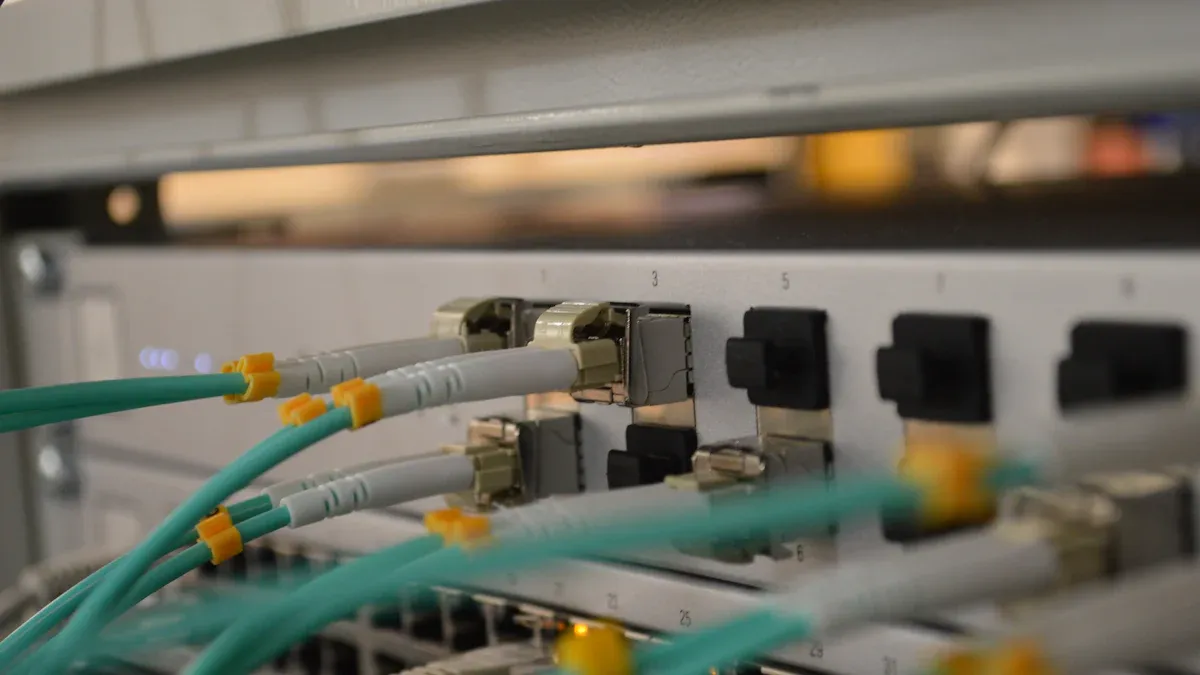
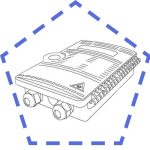 Fiber Optic Termination Boxes
Fiber Optic Termination Boxes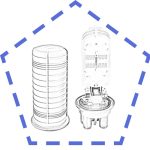 Fiber Optic Splice Enclosures
Fiber Optic Splice Enclosures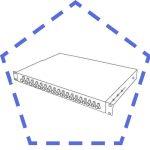 Fiber Patch Panels
Fiber Patch Panels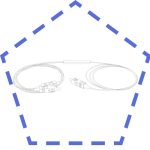 PLC Splitters
PLC Splitters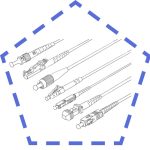 Fiber Optic Pigtails
Fiber Optic Pigtails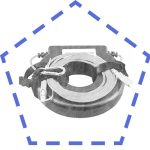 OTDR Launch Cables
OTDR Launch Cables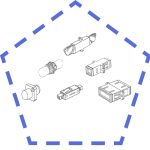 Fiber Optic Adapters
Fiber Optic Adapters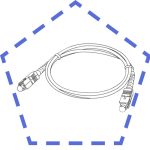 Fiber Optic Patch Cords
Fiber Optic Patch Cords